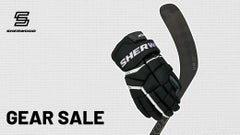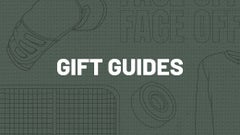Protective Gear Size & Fit
Helmets
Helmets are the most important piece of safety gear. Many helmets feature adjustable sizing to make sure that you get a snug and secure fit that is able to protect your head in an emergency. Sizing ranges can be found in the product details for every helmet we offer.
A correct fit for a helmet is described as:
- A snug fit that doesn't cause pressure but also doesn't move when you move your head (even without the chin strap buckled).
- The helmet sits at the brow bone in the front and near the hairline in the back.
- The chin strap is snug under the jaw when latched.
Elbow Pads, Knee Pads and Wrist Guards
When buying protective gear, the ideal fit can be described as:
- As snug as possible without being uncomfortable.
- Not cutting into your skin or cutting off circulation.
- Hard caps completely cover the joint (elbow, knee, wrist, palm).
- Nothing slides or moves when all straps are secured.
The best way to ensure this fit is to follow the manufacturer sizing guidelines that are outlined in the product details. If sizing recommendations are not available for the model you are interested in, we recommend ordering based on what size clothing you typically wear. Reference shirt size for elbow pads, pants for knee pads and gloves for wrist guards. If you are in between sizes, we recommend ordering the larger size.
You can expect your pads to loosen up over time so don't be afraid if your new pads feel tighter than the ones you are replacing!
Other Protective Gear
Other, less common types of protective gear include things like hip pads, arm sleeves and padded ankle booties. These are meant to provide additional protection over traditional padding. Fit should be comfortable and snug enough to stay in place, no matter what it is. Sizing these types of pads is typically provided in the product details, if it's not we recommend ordering your unisex clothing size.







